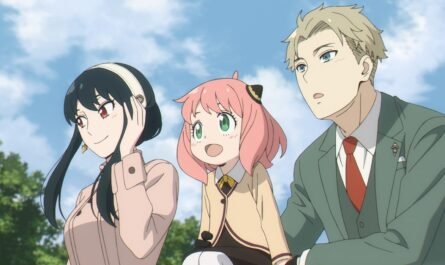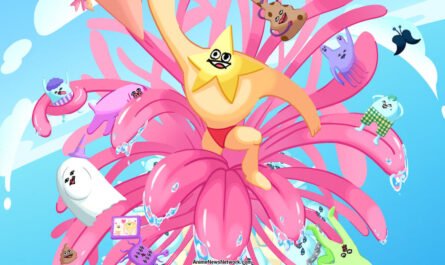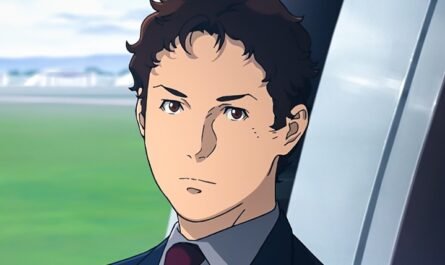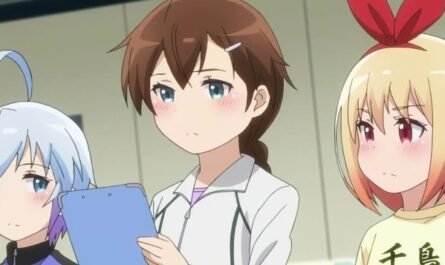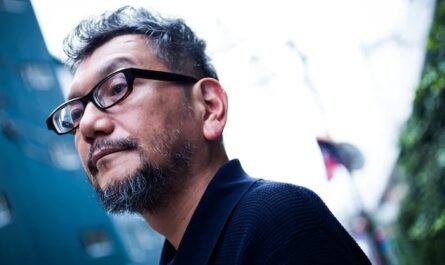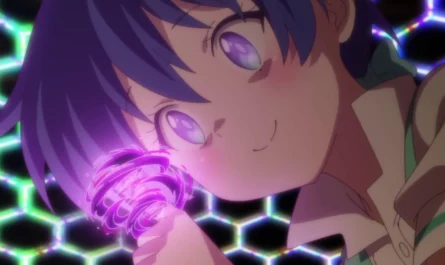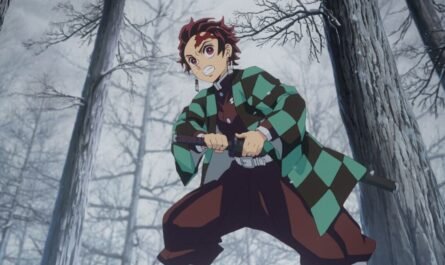“Captain Tsubasa” contributes to the development of the soccer world.
The J. League will be celebrating its 30th anniversary in 2023 and is gaining momentum. Collaborative goods sales and events with the popular TV anime “Blue Rock” are being held, much to the delight of many fans.
Many masterpieces of manga have contributed to the development of Japanese soccer, including “Captain Tsubasa” (by Yoichi Takahashi). This article will introduce four nostalgic soccer manga popular in the 1990s when the J.League started.
Messi, Neymar, and Mbappe are glued to the table… The author of “Captain Tsubasa” depicts “Tsubasa Ozora & Misaki Taro.” The first work was published in “Weekly Shonen Sunday” (Shogakukan) from 1992 to 1998. It is the serialized series “Our Field” (written by Kenichi Muraeda ).
The first episode depicts the activities of professional soccer player Kanichi Takasugi and the main character’s father, Kazuya Takasugi. After that, Kazuya worked his way up to the top of the soccer world, playing youth soccer, high school soccer, the J League, and the World Cup while working hard against his rivals.
In the story, the team “Reserve Dogs,” comprised of young players, including Kazuya, defeats the Japanese national team to survive the World Cup qualifying rounds. Many readers may have been moved by how the Japanese national team was formed around the members of the Reserve Dogs in the World Cup finals. On social media, people have commented, “I like the development where the Japanese representative who was not selected defeats the Japanese representative who was selected by the association and ascended to the top,” and “People who like “Blue Rock” should be the reserve of “Our Field.” “I think I like Dogs,” one person said. Next, I would like to introduce “Shoot!”, which was serialized in “Weekly Shonen Magazine” (Kodansha) from 1990 to 2003.” (written by Tsukasa Oshima).
The story is set in high school soccer. It depicts the growth of the main character, Toshihiko Tanaka, at Kakegawa High School, where he enrolled in pursuit of his idol, Yoshiharu Kubo. In 2022, in conjunction with the World Cup, a completely new original animation, “Shoot! Goal to the Future,” was broadcast on AT-X and other channels.
The fact that the anime was produced 19 years after the series ended shows its popularity. Among them, Kubo’s play, which Toshihiko admired, seems to be engraved in fans’ hearts, with comments such as “I like the line before he took out the legendary 11 players” and “Kubo’s goal-to-goal was famous.” It’s a scene!” and many enthusiastic comments were received. Weekly Shonen Jump” (Shueisha), where Captain Tsubasa” was serialized, has other masterpiece soccer manga. It was serialized from 1998 to 2002 as Whistle!” (written by Daisuke Higuchi).
The main character, Masaru Kazamatsuri, a substitute in the third team at a prestigious soccer school due to his short stature, transfers to Sakura Josui Junior High School and struggles despite being mistaken for being a regular at the prestigious school.
Many people have probably been influenced by Kazamatsuri, who never gave up on his favorite soccer and worked harder than anyone else. The work received so much attention that it became a stage play in 2016. The last work I would like to introduce is “J Dream” (by Natsuko Kenuchi), which was serialized in “Weekly Shonen Magazine” from 1993 to 1999.
The story begins when the 16-year-old protagonist, Taka Akahoshi, joins the Urawa Red Diamonds through a forceful approach. It attracted attention as a manga set in the J League, which started in 1993. It also depicts the struggles faced by professional soccer players, such as veteran players plagued by injuries and team transfers, making it an excellent human drama. By the way, Lily, a member of the comedy duo Kichizu, enthusiastically introduces “J-Dream” as her favorite work on her own YouTube channel. It is a nostalgic soccer manga with themes like the J League’s opening and World Cup participation. Now that it has become commonplace to compete on the world stage, you may get a feel for the origins of Japanese soccer by rereading it.


